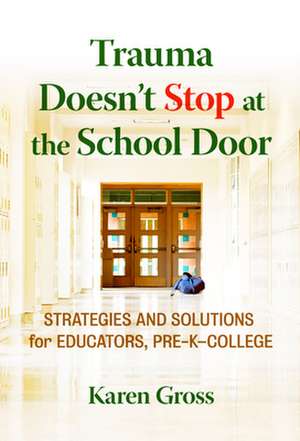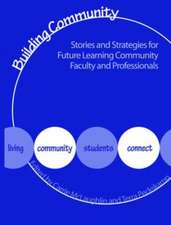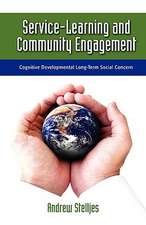Trauma Doesn't Stop at the School Door
Autor Karen Grossen Limba Engleză Paperback – 19 iun 2020
Book Features:
- Focuses on trauma within the early childhood-adult educational pipeline.
- Explains how trauma is often cumulative, with recent traumatic events often triggering a revival of traumatic symptomology from decades ago.
- Provides clarifications of currently used terms and scoring systems and offers new and alternative approaches to identifying and remediating trauma.
- Includes visual images to augment the descriptions in the text.
Preț: 272.51 lei
Nou
Puncte Express: 409
Preț estimativ în valută:
52.15€ • 54.69$ • 43.41£
52.15€ • 54.69$ • 43.41£
Carte disponibilă
Livrare economică 11-25 martie
Preluare comenzi: 021 569.72.76
Specificații
ISBN-13: 9780807764107
ISBN-10: 0807764108
Pagini: 240
Dimensiuni: 158 x 228 x 15 mm
Greutate: 0.32 kg
Editura: Teachers College Press
ISBN-10: 0807764108
Pagini: 240
Dimensiuni: 158 x 228 x 15 mm
Greutate: 0.32 kg
Editura: Teachers College Press
Descriere
Explores how educational institutions have failed to recognise and effectively address the symptoms of trauma in students of all ages. Gross argues that it is time for educational institutions and those who work within them to change their approaches and responses to traumatic symptoms that manifest in students in schools and colleges.





















